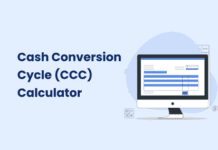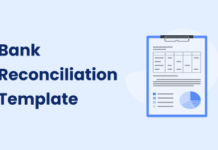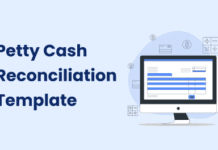Businesses are continually looking for ways to optimize their processes and reduce costs. One of the most significant transformations happening right now is cash application, where artificial intelligence (AI) is helping finance teams move away from traditional, time-consuming methods to more efficient and accurate solutions.
Let’s dive into how AI-powered cash application reshapes the finance function pyramid.
The Traditional Cash Application Challenge
For many businesses, handling incoming payments is a complex task. Customer payments come through various channels—check stubs, online portals, bank transfers, online portals, and more. Each payment type often comes with different remittance details and formats.
Traditionally, finance teams would manually aggregate remittance details, match payments with the remittance information, and then compare them to open invoices. This manual process is not only time-consuming but also prone to errors and resource-intensive.
The complexity is further amplified when customers make partial payments or combine payments for multiple invoices. These scenarios require additional manual effort to correctly apply payments, further delaying processing times and slowing down the posting of payments to the correct accounts.
The more complex the payment scenarios, the greater the strain on finance teams to reconcile invoices accurately. This results in higher operational costs, more errors, and delayed financial reporting.
How AI is Inverting the Pyramid
AI-powered cash application solutions are designed to tackle these challenges head-on, significantly reducing processing time and costs. According to the Hackett Group, companies using AI-powered cash application solutions can cut down their processing time by an incredible 70-90%.
How does this work? AI algorithms analyze large amounts of historical receivables data to identify patterns in invoices and payments. This means that even subtle variations in payment information can be detected and processed accurately.
AI-powered Optical Character Recognition (OCR) technology can scan receipts and automatically match them to the correct invoice using the payment reference number.
With AI handling these tasks, finance teams can process payments more quickly and accurately, allowing them to focus on more strategic work rather than spending hours on manual matching.
The Cost Implications
One of the most compelling reasons for businesses to adopt AI-powered cash application solutions is the potential for significant cost savings. On average, companies spend around $1.20 per invoice on cash application costs. For a company that processes 10,000 invoices every month, this can add up to a staggering $144,000 annually.
However, by switching to an AI-powered cash application solution, companies can reduce these costs by up to 70%. That’s a potential savings of over $100,000 annually. With such a substantial reduction in costs, businesses can reallocate resources to other critical areas, enhancing overall productivity and profitability.
The Future of Finance Functions
With numbers like these, it’s no surprise that 41% of CFOs are eager to automate their cash application processes. Automation not only brings down costs but also reduces errors and speeds up payment processing times, enabling faster financial decision-making.
The traditional cash application methods are fast becoming obsolete in the face of advanced AI capabilities that promise efficiency, cost savings, and greater accuracy. The shift is already happening, and businesses that embrace AI solutions are not only inverting the traditional finance function pyramid but are also setting themselves up for long-term success.
So, the question for finance leaders today is simple: Will you join the AI-powered transformation?









![Why AI Sales Calls Are Making Good Sales Reps Even Better [2025 Guide] ai sales calls](https://cdn-kmjmp.nitrocdn.com/YvtqmrsiHUxqerlSiZgbfzqqTARWTElr/assets/images/optimized/rev-834053b/blog.peakflo.co/wp-content/uploads/2025/09/65168cf6-3001-4733-8cbc-12d5684cf449-218x150.webp)

































